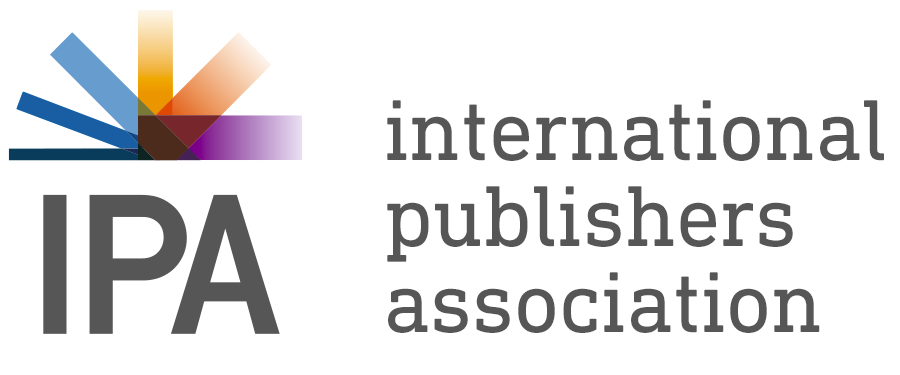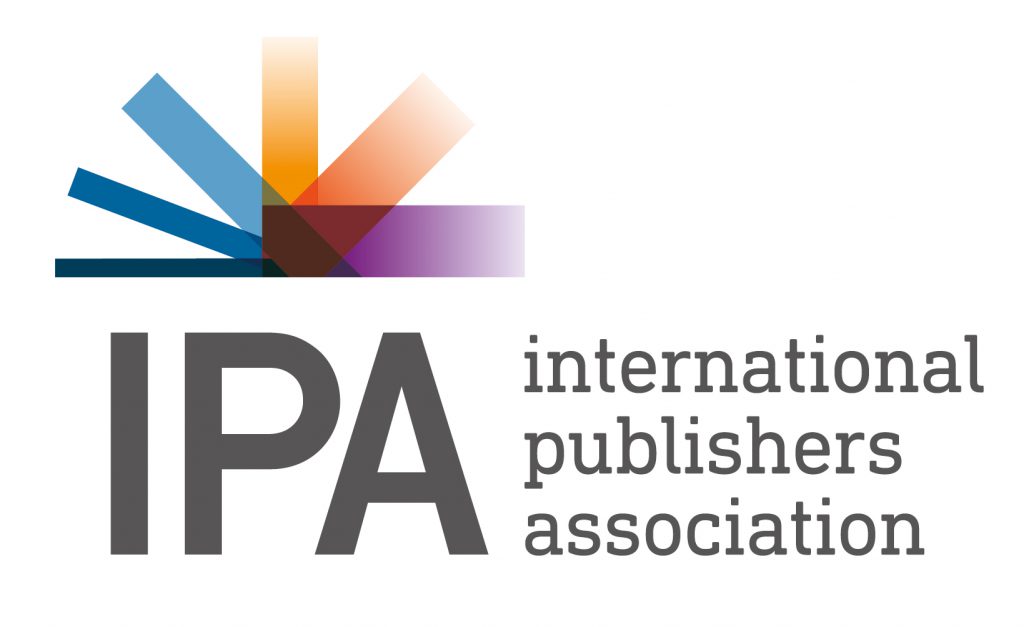Unless you have your head buried in the sand, you have likely heard that the European Accessibility Act is bearing down. Publishers are working on smoothing out the kinks in their workflows, remediating their backlists, and generally getting their houses in order to be able to keep content in the marketplace post June 2025.
Some of us have been anticipating this shift for several years. A small working group was set up by the Accessible Books Consortium to advocate with the folks at Adobe to improve their EPUB export. The DAISY Consortium’s Richard Orme and I are on the board of the ABC and organized a group which presently includes Gregorio Pellegrino (Italy, Fondazione LIA), and Jonas Lillqvist (Finland, CELIA).
Why is this work important? The vast majority of digital books in the world are created from layout files, especially as the print format is still far and away the most popular consumer format for books. According to Booknet Canada, for example, 74% of book buyers prefer print, 17% prefer ebooks, and 6% favour audiobooks. Publishers generally work on the print layouts first and foremost, adapting to other formats once the print edition goes to press.
And, while it’s difficult to get good data on how many publishing houses use Adobe InDesign for print typesetting, the colloquial evidence is that it is the software of choice. Affinity Publisher is a new kid on the block, and there is a swathe of publishers that still use QuarkXPress, but InDesign has a lock on upwards of 90% of the market. I like to say that Adobe InDesign is a democratic choice — not because it’s cheap or easy to access, but because most publishers are already using the Creative Cloud for its various important tools. InDesign may be the primary reason they already have a subscription to the Creative Cloud, or it may be secondary.
Regardless, it is critical that Adobe improve the EPUB export. I teach EPUB in various places including workshops for publishers, and I have created a number of hacks and workarounds in order to trick InDesign into giving me relatively cleanly coded ebooks. I have personally been advocating with the InDesign engineers and blogging about how to fix InDesign’s EPUB export for more than a decade. The primary issue is that InDesign creates generic code that “looks” okay but is a mess under the hood.
There are many things that the InDesign engineers could fix about the EPUB export but with a tight focus on accessibility, the EPUB Working Group assembled a list of 33 critical issues, assigned priority categories focussed both on the user experience and th content creators needs (that is, how much post export remediation would be required). This work was organized into a GitHub repository so that the working group, the ID engineers could communicate, offer use cases, ask questions, and give code samples.
This advocacy work has been very slow. We started engaging the Adobe team directly more than two years ago in February 2022, after the ABC wrote a letter directly to the CEO of Adobe suggesting that this work is important and urgent. The Adobe team couldn’t seem to see past PDF and, indeed, asked us why book publishers didn’t simply publish in that format. It took some time for the InDesign team to understand the urgency of our work. We continued to chip away at them, organizing meetings, sending code samples and, eventually, more letters from both the ABC and the Federation of European Publishers.
The good news is that it is working. There have been significant updates to how InDesign exports EPUBs including the following:
- Language tags in the correct place in the HTML
- An option to mark an image as decorative and therefore not needing ALT text
- A suite of Schema accessibility metadata options at export
- Pagelist navigation
- More semantic footnotes and endnotes
- An option for a cover image description
All of the above are available now in the InDesign 19.4 release. More technical detail about the recent changes are available in this Fondazione LIA blog post. And with these incremental improvements to how InDesign creates ebooks, we collectively move closer and closer to born accessible content.
The EPUB working group continues to work and advocate with the InDesign team. It is wonderful to see these improvements, no doubt. There is still work to be done but we are getting there!
First published on Laura Brady’s blog at https://laurabrady.ca/blog.

